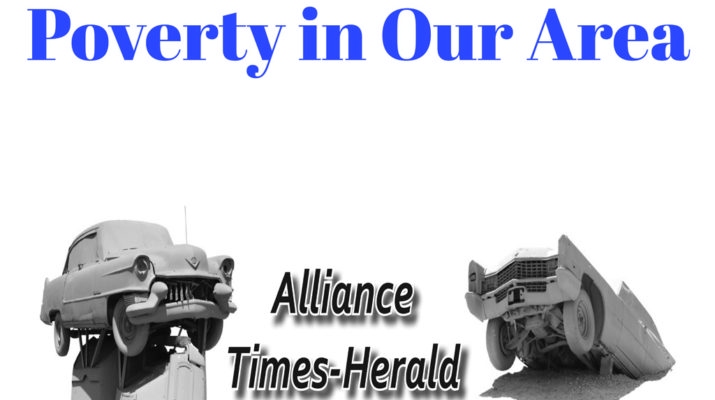Since the 1960s, America has made major strides in poverty reduction. Yet there are still 40 million people living in poverty in the United States. Poverty would be twice as high if not for government assistance programs.
These government programs help low-income people so their basic needs are met. The federal government provides the funding, while states administer them (and may provide additional funds). Most of these have been discussed in more detail in earlier articles for the Poverty Task Force, but it is time for a quick review.
Assistance programs are based on a family’s level of need, usually based on their income. Recipients must prove their income is below a set amount based on the federal poverty level, which is recalculated every year. Most programs also require you to be a United States citizen or an eligible non-citizen. Many of these safety net programs have been expanded during the COVID crisis.
A major problem in America is food insecurity, not having enough nutritious food to stay healthy. For food insecurity, the government provides SNAP, the Supplemental Nutrition Program, formerly called food stamps. Recipients can get an EBT card which they use to buy groceries. In addition to SNAP, women with young children qualify for WIC benefits. WIC provides food or vouchers, education, and referrals to help feed pregnant women and children up to age six. Free breakfast and lunch programs are offered to children in public schools.
Housing assistance helps low-income families, seniors, and people with disabilities get into affordable rental housing, either private or government-owned. The Housing Choice Voucher Program, or Section 8, pays landlords the rent amount that exceeds 30 percent of the family income. There is also the Low-Income Home Energy Assistance Program (LIHEAP), which provides weatherization services and assistance paying utility bills.
Health care is available to low-income families through the Health Insurance Marketplace created by the Affordable Care Act. Families in poverty qualify for free or low-cost health care through Medicaid, and retired people are insured through Medicare. Child’s Health Insurance Program (CHIP) offers free or low-cost medical, dental, and vision care to uninsured kids up to age 19 whose family income is above Medicaid’s limit but below the state CHIP limit. CHIP covers hospital care, medical supplies, and tests.
These major government programs focus on the basic needs of food, housing, and health care. Other financial assistance is available to groups with special needs.
Supplemental Security Income Program (SSI) provides cash to low-income seniors and adults and children with disabilities. SSI helps elderly, blind, and disabled buy food, clothing, and shelter.
Temporary Assistance for Needy Families (TANF) programs provide cash for a limited time to low-income families working toward self-sufficiency. TANF also offers non-cash benefits like child care assistance or job training. People who receive TANF are expected to get a job within two years, when benefits end.
Head Start is a free or reduced cost program that provides comprehensive early childhood education, health, nutrition, and parent involvement services. Head Start is offered to low-income children, prenatal to 5 years old, and their families.
The Department of Education runs the Federal Pell Grant Program to promote postsecondary education (college and trade school) for students from low-income households. Grants are similar to scholarships and do not need to be repaid.
The federal government has made increases to the Child Tax Credit and the Earned Income Tax Credit, allowing low-income families to pay less in income tax and have more money to support their needs.
Each state operates an unemployment benefits program which pays a cash amount if you lose your job through no fault of your own.
If you are struggling, remember that you are among millions who are the reason the government provides these safety net programs. If you need assistance applying, contact the Northwest Community Action Partnership (NCAP) office, 1028 E 3rd St, Alliance, 762-4523; or the Health and Human Services (DHHS) office, 411 Black Hills Ave, Alliance, 763-2900.

